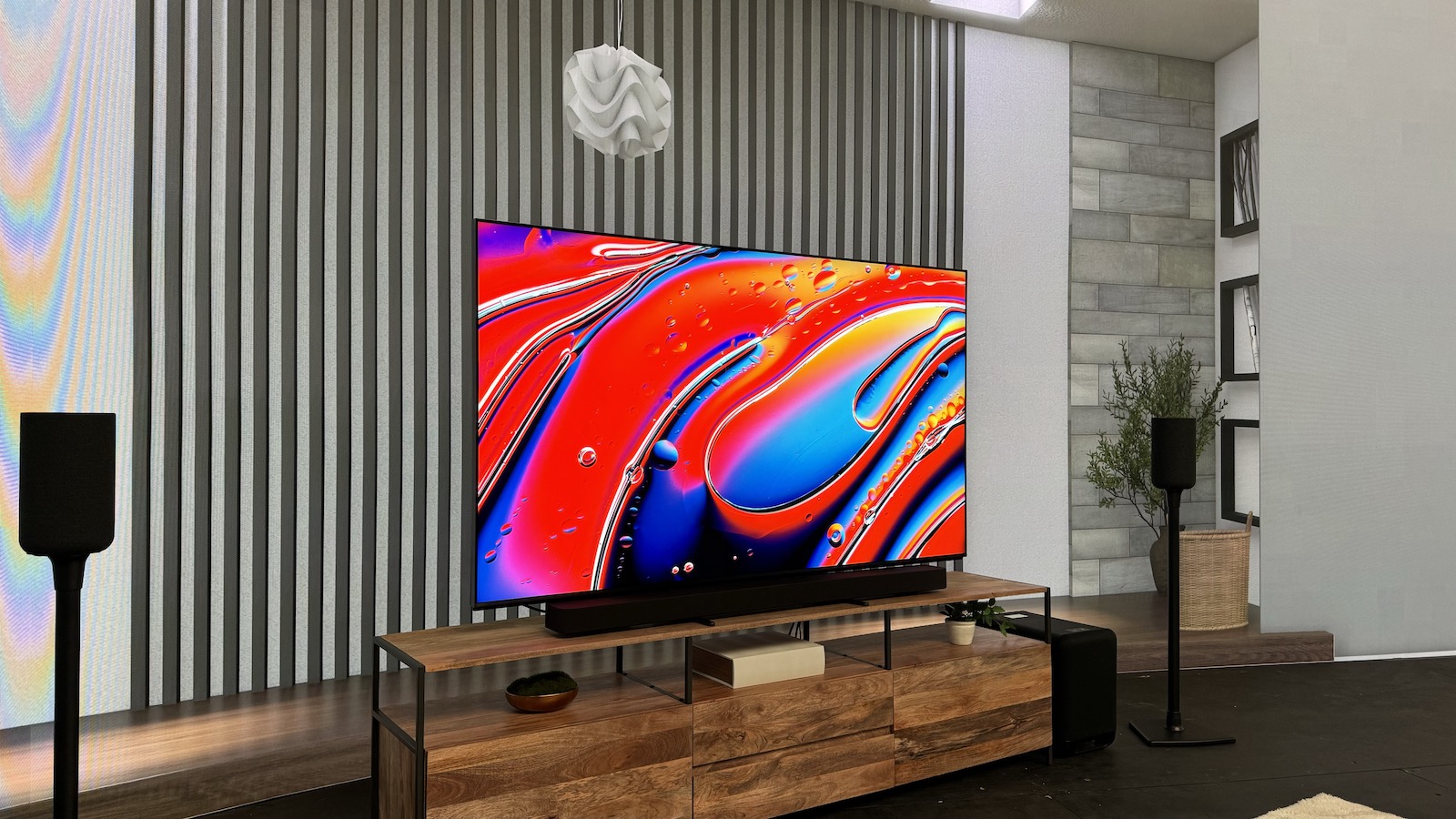
Dolby Atmos is a complex surround sound solution that can be tricky to get your head around.
This is largely because, despite starting out as hardcore technology designed for multi-speaker systems and bespoke install set-ups, it has since become a common feature in many soundbars, and even in-built TV speaker systems.
Having the ability to deal with the technology is all well and good. But, after reviewing more products with the Atmos logo slapped on than we care to count, we can categorically state that there’s a massive gulf between good and bad examples of the breed.
The hardware you are using plays a huge part in whether you get the former or the latter, but the level of performance also has to do with how you set your system up. It’s a process that requires attention to a variety of factors.
To guide you through the process, and to help you avoid the most common pitfalls, this guide offers six key tips and tricks to make the most of your Dolby Atmos hardware. After all, when you get it right, there’s little better than enjoying a true “dome of sound” home cinema experience.
1. Move your TV into a better position
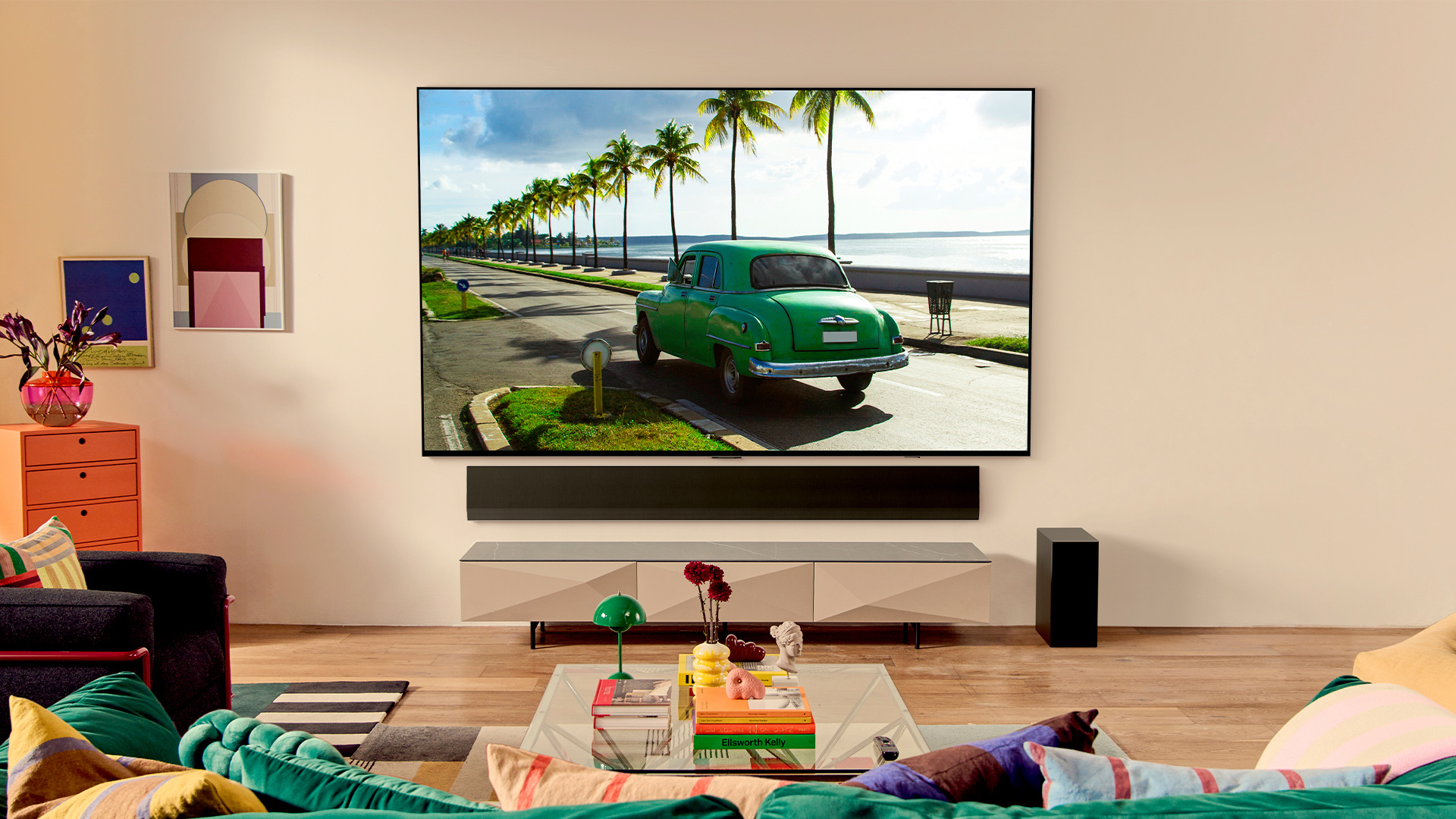
Where your TV is in your room often has a big impact on the position of any speakers, so it figures that by getting your TV into a better position, you’ll make a big step towards potentially better sound.
One of the trickiest positions for a TV to be in when it comes to adding speakers is shoved into a corner on an angle, so if this is your current setup, consider ways you could make it more centralised in your room. Perhaps you could look to move some furniture around or consider wall-mounting if the room layout or available floor space is too restrictive.
We largely advise against mounting TVs above a fireplace in an ideal situation, but that’s not the brief here. If it’s your only option, just be sure you’re using the right wall mount so it tilts or extends downwards to ensure your viewing position is correct, and that you’re following the manufacturer’s guidelines for placement if the fire will still be in use.
2. Mount your speakers
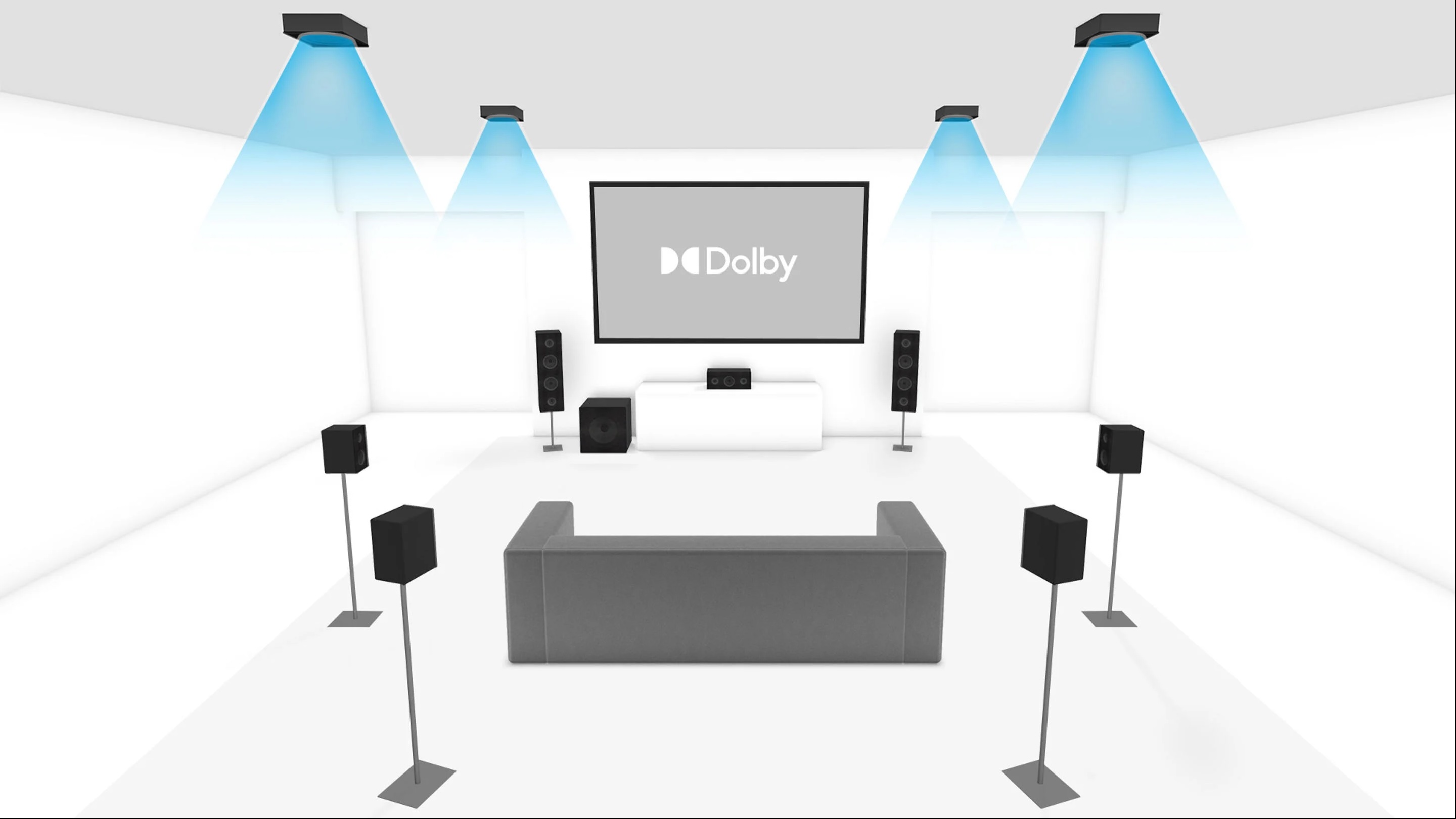
In a perfect room, you would have speakers in the manufacturer’s recommended positioning, but in an imperfect one, it’s about getting speakers as close to those recommendations as you can.
Your amplifier’s calibration will do some of the heavy lifting in terms of balancing the sound to your listening position, but if floor space for stands is tight, consider wall-mounting your speakers to get them into a decent position – avoid placing any Atmos speakers on a bookshelf since any obstruction above them could hamper their performance.
Instead, ceiling mounts or on-ceiling speakers are also a great option for getting an effective height channel for Atmos, particularly for anyone with high ceilings who might not hear the effect of an upwards-firing Atmos speaker add-on so effectively. It also saves you having to make massive holes in your ceiling to install the built-in options, which is generally preferred by anyone not undertaking a massive renovation project.
3. Consider a soundbar – particularly for low ceilings
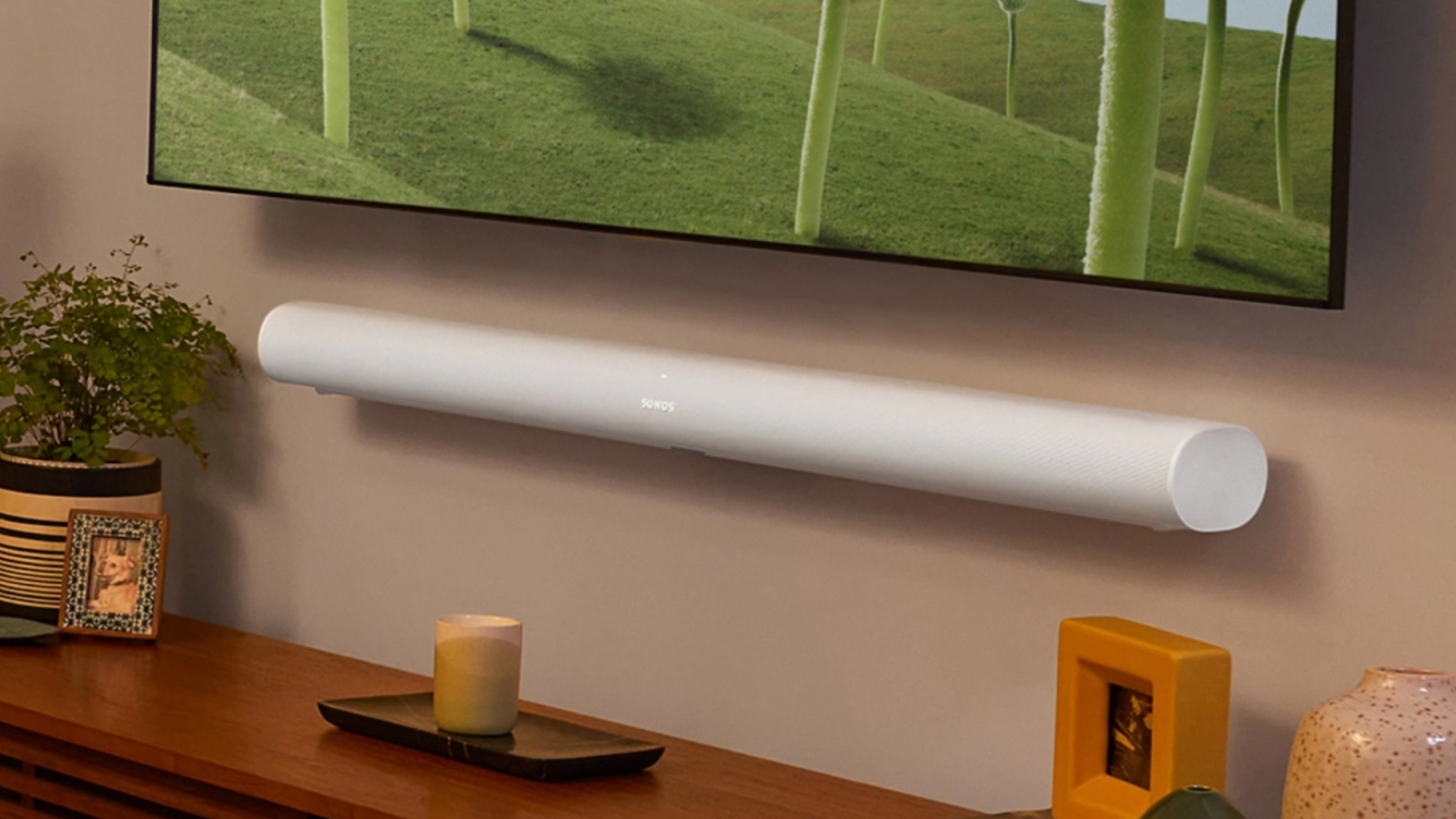
Dolby Atmos soundbars are getting better and better. If a traditional Atmos speaker set-up simply isn’t going to work for your room, consider one of our favourite Dolby Atmos soundbars – it’s a great alternative that brings you much of the performance of a full setup in a far more convenient package.
We prefer the performance from Atmos soundbars with proper upwards-firing drivers, such as the Sonos Arc Ultra, over those that recreate those height channels virtually.
In fact, Dolby itself recommends a soundbar such as this over dedicated height speakers for rooms with relatively low ceilings (under 7.4ft).
We have, though, also heard some pretty convincing virtual Atmos performances, such as that offered by the Sonos Beam Gen 2. These soundbars are usually more affordable, too.
4. Go bigger with wireless Dolby Atmos surrounds
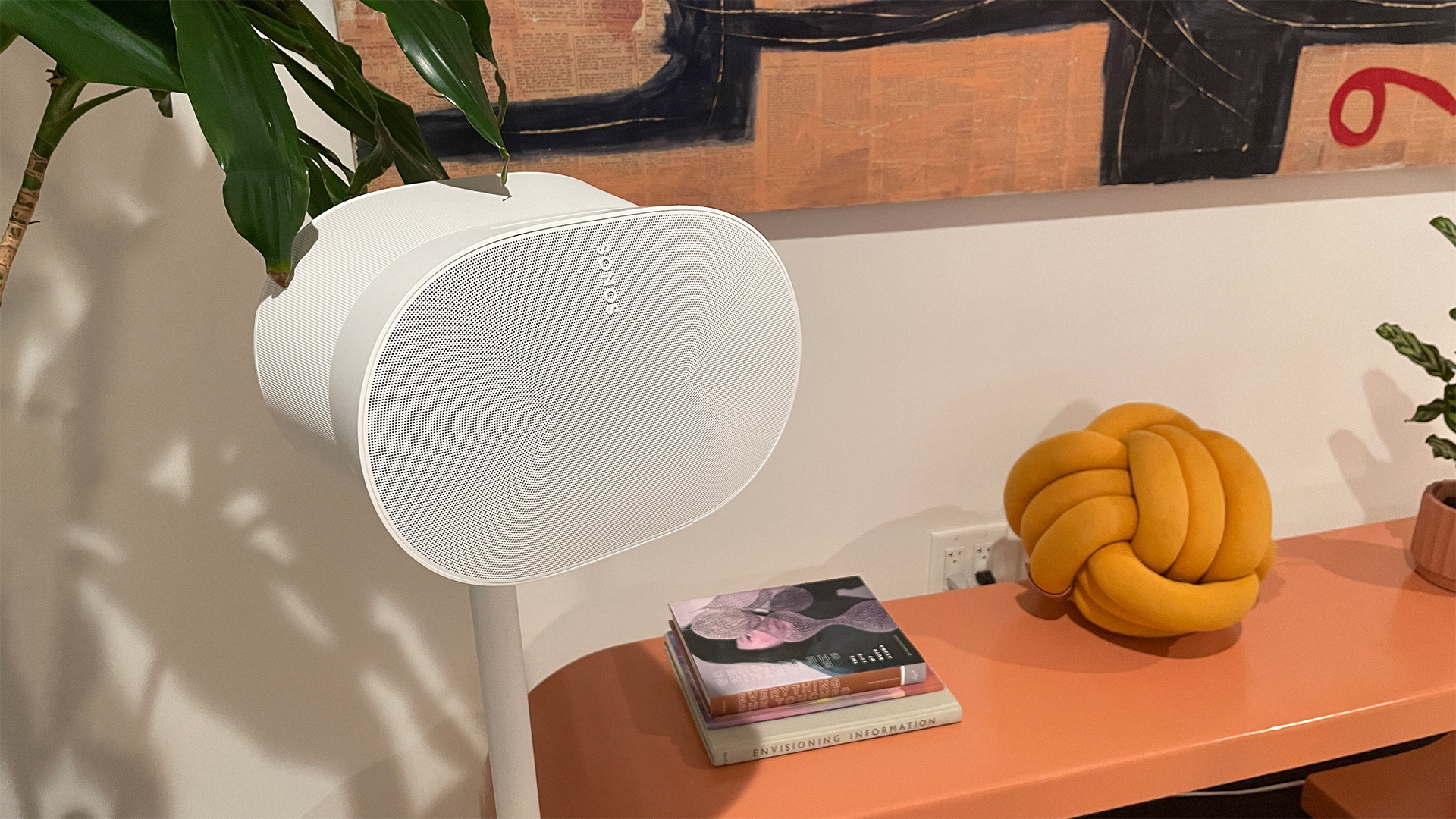
If you want a halfway house between a soundbar and a full fat 5.1.2 set-up there are also several good Dolby Atmos soundbar systems on the market.
These are systems that marry wireless satellite speakers and a subwoofer with a soundbar, giving a more true surround sound than a single-bar solution.
Manufacturers including LG, Sonos and Samsung offer this kind of set-up, either as a package (the Samsung Q990F is a great example) at the point of purchase or as add-ons along the way (the usual Sonos approach).
The wireless speakers do differ in size depending on which one you choose (the Sonos Era 300 is pretty chunky, for example) so consider the space you have to play with when deciding on a soundbar system.
5. Keep an eye on Dolby Atmos FlexConnect
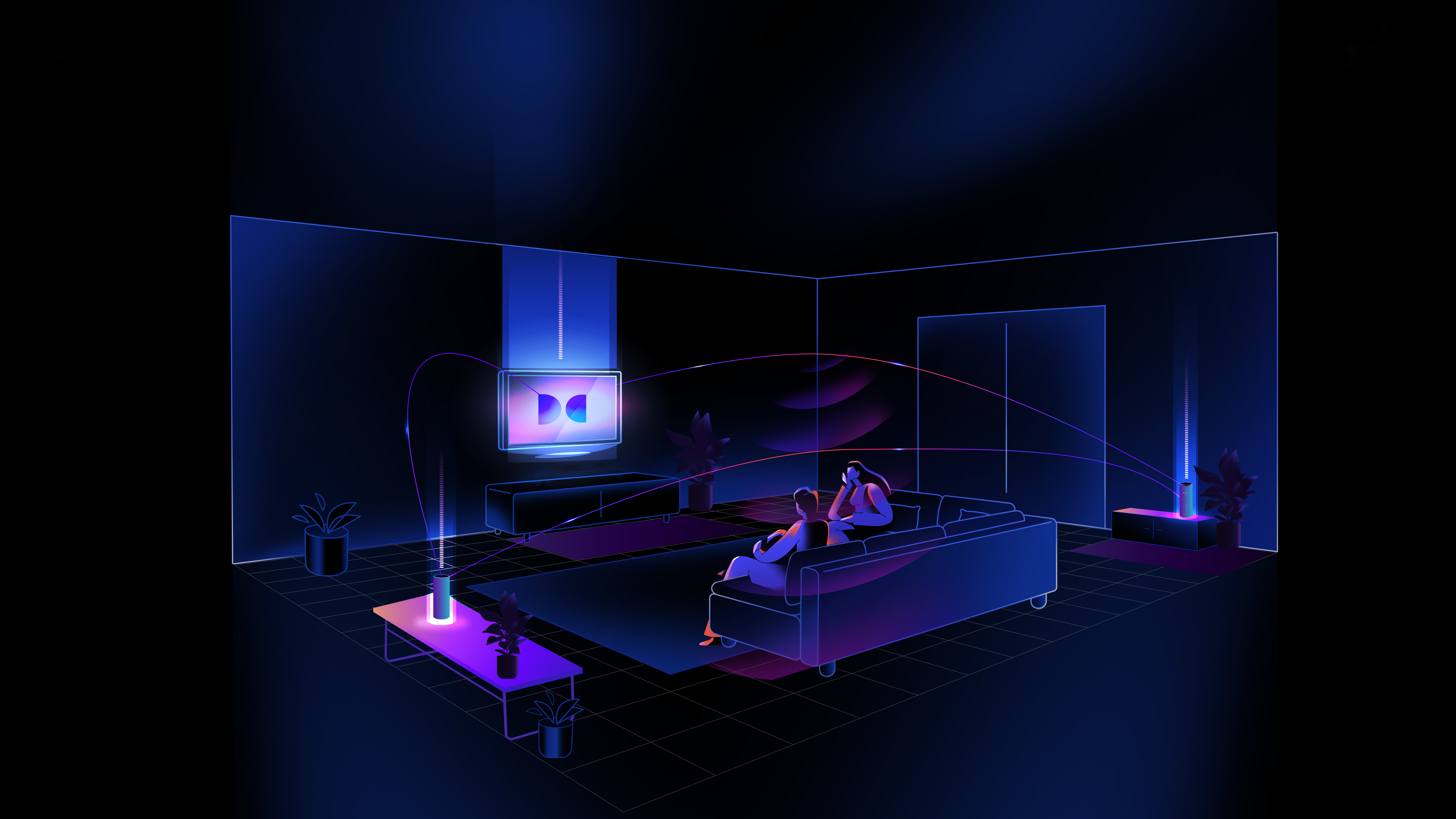
Dolby Atmos FlexConnect is a new technology that is set to become more mainstream this year.
The tech was announced at IFA 2023 and it could just be the perfect answer for anyone looking to include Atmos in an imperfect room.
You can read more about it in our, 'What is Dolby Atmos FlexConnect?' article, but, in a nutshell, FlexConnect wants to do away with the idea of traditional speaker placement and aims to produce a cohesive Atmos sound no matter how many speakers you have in your room – or where they are placed.
It’s adaptive too, so if you move a speaker it will change its sound to suit the new placement. FlexConnect was supposed to launch in 2024, but didn’t make much noise – see what we did there – due to the lack of compatible hardware.
Since then, though, TCL – which was the official launch partner – has confirmed that the technology will appear in its 2025 QD-Mini LED sets. We will, of course, update you on our findings when we get them in for review, and discover whether FlexConnect lives up to its opening promise.
6. Understand your limitations
While 7.2.4 channels might be your goal, in a small room, or with a sofa that has to be against a back wall, you might be better off sticking with 5.1.2, or you could be wasting money paying for speakers that won’t deliver a benefit.
While Dolby’s extensive recommendations on speaker placement are based on the perfect room, they're still worth looking at – even if you take them with a pinch of salt and adapt them to suit your room. It will give you a good starting point to see what's going to make the most sense in your room – imperfect and all.
MORE:
Dolby Atmos: What is it? How can you get it?
Read our pick of the best Dolby Atmos soundbars
Now check out the best Dolby Atmos movies to test your home cinema sound







